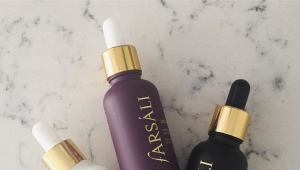Skin oils
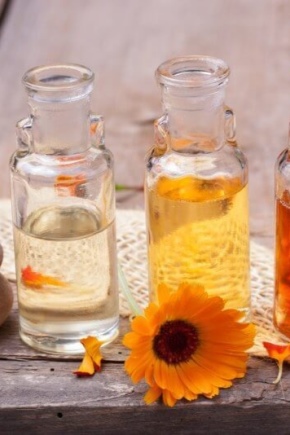
Cosmetic oil is a plant extract obtained by cold or hot pressing of a plant. Fatty acids in the composition of oils are of great benefit to the skin of the face and body, but not always harmless components are equally useful. When choosing an oil, the type of epidermis plays a significant role, and its age and condition are of secondary importance.
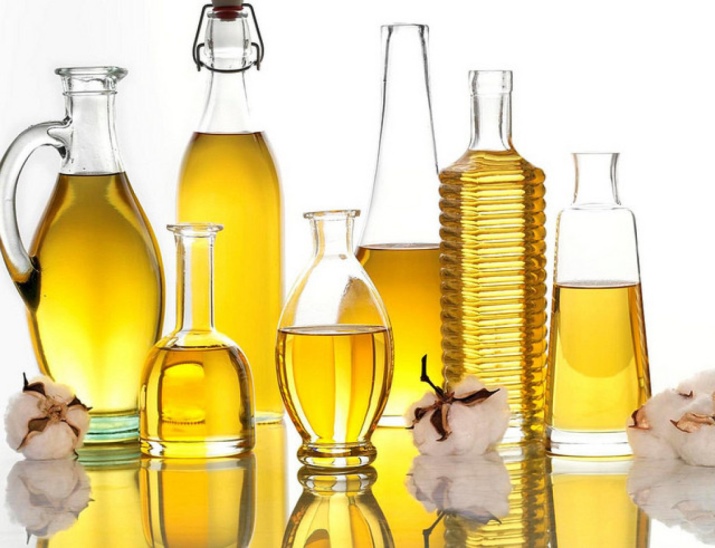
What is used for
Facial oil is used primarily to nourish and moisturize the skin; the herbal extract can be used in tandem with a regular cream or as a standalone cosmetic product. The natural components of lipid extracts penetrate into the deeper layers of the epidermis, due to which the effect of using the product is felt more quickly.

Cosmetic formulations are used to care for mature skin - they qualitatively nourish the epidermis deprived of moisture, affect the synthesis of natural elastin and collagen, without which it is impossible to imagine healthy toned skin.
To give the mature dermis elasticity, heavy and saturated products are used, which contain more antioxidants, fatty acids and phytosterols: avocado, jojoba, argan, evening primrose and rose.
For dehydrated skin it is worth choosing oils like apricot, jojoba, macadamia nut, avocado to normalize and maintain the water balance of the epidermis. For oily type of epidermis basic extracts of jojoba, sweet almond, tamanu, sasanqua, blackcurrant, tea tree esters, propolis, orange will become appropriate.
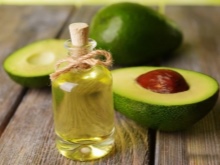
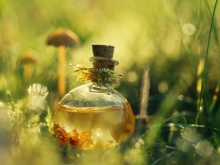

Cosmetic oil allows you to get rid of age spots (age or post-acne).
To solve this problem, cosmetologists recommend using extracts of citrus fruits (orange, lemon, grapefruit), carrots, parsley, vanilla, celery - they whiten new age spots and cope well with unsightly imperfections that have already settled.
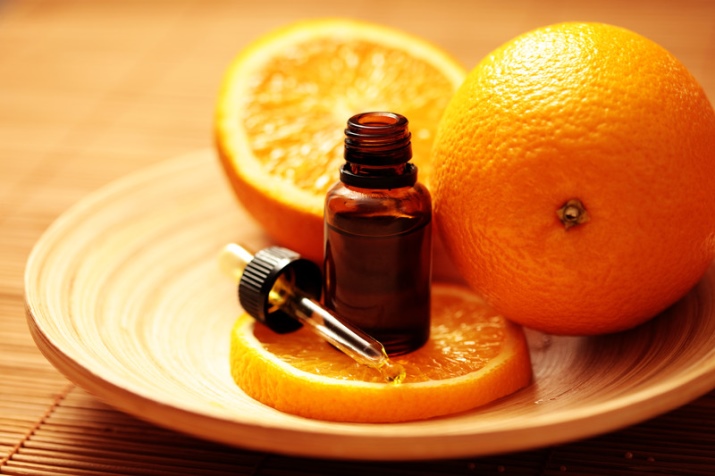
Oils are often used in medicine and are used to treat various kinds of skin diseases.
From the fungus, essential extracts of cinnamon, cloves, oregano and tea tree help, the main property of which is the fight against bacteria. Saturated aromatic compounds have an antiseptic effect on the affected area of the face or body.

Kinds
Oils are divided into two large groups: base and essential. In turn, the basic, or basic fatty compounds are divided into solid and liquid, depending on their consistency.
- Solid are a dense combination of often whitish hue with a greasy texture. They are sold in blotters or jars, before applying the product it is recommended to heat a small part of it in a separate bowl - this will make it easier to use.
- Liquid the compositions are the most famous and often found - almost all of them have a yellow tint and are stored in elongated bottles with or without a dispenser.


The base ones are used in their pure form and act as a solvent for the essential composition and vitamins for the skin. They are used as a separate product, and as part of cosmetic masks, home products for skin care.
Essential products are highly concentrated compositions that are not used in their pure form and serve as an additive to the base products. They allow you to increase the beneficial properties of base oils and introduce additional useful elements into its composition.
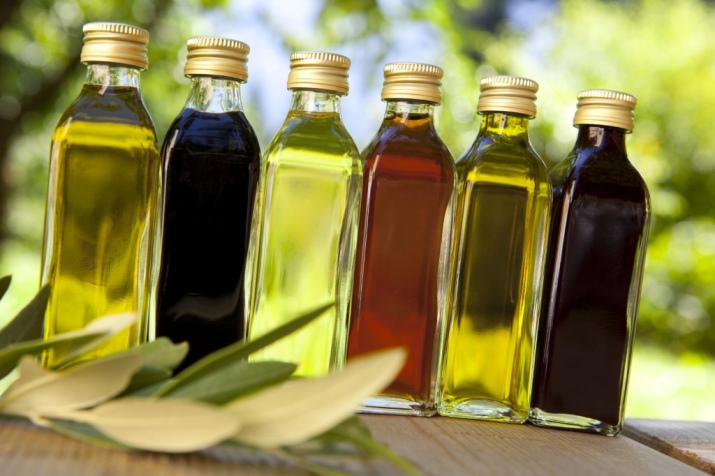
Beneficial features:
- The oil moisturizes well. and nourishes the skin, regardless of its type;
- It fights the visible and barely noticeable peeling;
- Lipids help regulate sebum production and elimination of excessive oily sheen on the surface of the face;
- Base oil components act as a barrier for the epidermis, creating a barely noticeable film on its surface that protects the epidermis from external conditions (wind, rain, snow, temperature changes, UV radiation, dust);
- Basic products are involved in the "work" of the epidermis: renewal, regeneration of its cells, ethereal ones give additional opportunities and enrich the universal composition;
- Basic affect the quality of the epidermis and are especially indicated for dry and dehydrated skin, as they have a pronounced nourishing effect;
- Some types of base lipid formulations are indicated for oily and problematic skin - jojoba, grapes, almonds. The fatty extract dries out skin prone to increased sebum production and normalizes further sebum production with regular use;
- Oils tighten, tone, smooth mature skin.


Contraindications
Cosmetic formulations have the other side of the coin - not always their use will benefit one or another skin. A common problem for women after using a fatty composition is clogging of pores - a consequence of an improperly selected composition for oily or combination skin. Among other contraindications for the use of cosmetic oils for the face, we note the following:
- Natural oils can be a natural allergen for our skin and we recommend that you test for an allergic reaction before using any of the formulations. - apply a little product on the crook of the elbow and evaluate the condition of the skin after 10 minutes;
- Using base oil for oily or problematic types of epidermis is not always correct: in this case, you should avoid heavy formulations and limit the use of unrefined oils like coconut and cocoa.
- Harm for problem skin can be caused by any cosmetic oil, which can further clog pores. and cause more breakouts.
Ethers have an even wider range of restrictions and should not be used when:
- Individual intolerance to the composition, allergies;
- Infectious and inflammatory diseases;
- nervous breakdown;
- Problems with blood pressure and heart.
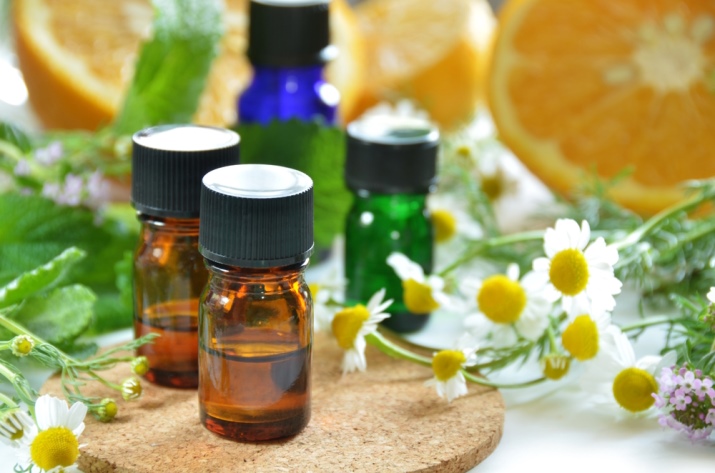
Classification according to the principle of action
Vegetable oils differ greatly in their action, which allows you to choose the optimal composition for solving a specific skin problem.
- Nourishing and emollient. Such compositions have a rich texture and are rich in a complex of beneficial fatty acids.Nourishing oils are ideal for dry and dehydrated, mature skin, for the care of the eye area and harder parts of the body, as they are able to penetrate into the deeper layers of the dermis and retain moisture inside, creating a lipid film on the surface. They are designed to soften keratinized areas on the face or body, and are also well suited for high-quality night nutrition, both separately and together with the usual cream.
To nourish the dermis, extracts of avocado, peanut, apricot seeds and Brazil nuts, melon, cherry, castor peach, cocoa, coconut, cedar, olive, linseed, shea, sunflower seeds are suitable.
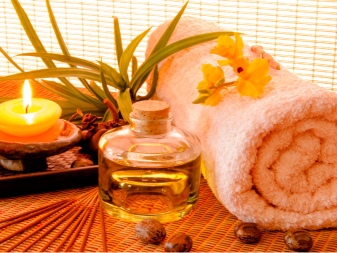

- Moisturizers. Light oils are indispensable in the care of normal, combination and oily epidermis; they are suitable for any type of skin due to their versatility, cosmetic and medicinal properties. Extracts of argan and kiwi seeds, hazelnuts and macadamia nuts perfectly moisturize the epidermis.
Their soothing effect will appeal to dry and sensitive skin; lipid extracts have a tonic effect and gently moisturize the skin.
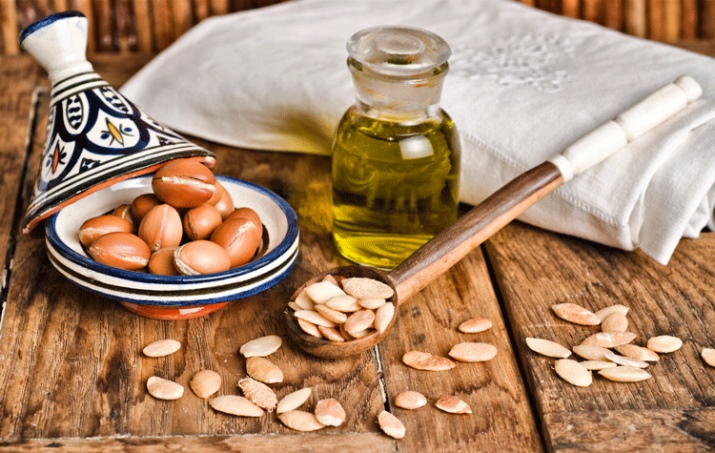
- Regenerating. Fucus oil has regenerative properties and is suitable for the care of mature, dull and damaged skin. It is widely used in cosmetology because it improves the natural production of collagen and elastin. For the youth of the epidermis is used milk thistle extract regardless of the natural type of the dermis. It noticeably slows down skin aging due to its rich formula, cleanses and nourishes the epidermis well, fights pigmentation and protects against adverse external factors, enhances the healing of damaged skin areas.
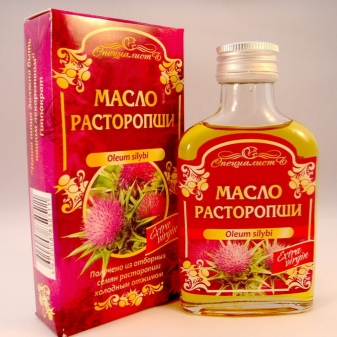
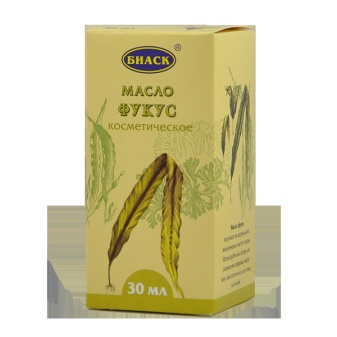
Almond oil is a powerful tool for dealing with imperfect and mature skin, just like corn, sesame, St. John's wort extract.

- Antioxidant. wheat germ extract has a pronounced antioxidant effect and prevents the loss of elasticity of the epidermis due to the high content of vitamin E.
The tonic extract of grape seeds and St. John's wort is used for oily and combination skin types and normalizes the production of sebum, while its use is possible in its pure form without negative consequences.

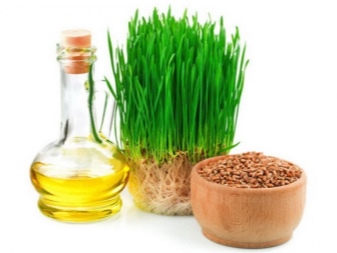
- Antibacterial. It is impossible to imagine the care of combination and oily skin without antibacterial products, which may well be base and essential oils.
Extracts of watermelon seeds, walnuts, mustard, jojoba, black cumin, tea tree, propolis have anti-inflammatory and disinfecting properties.
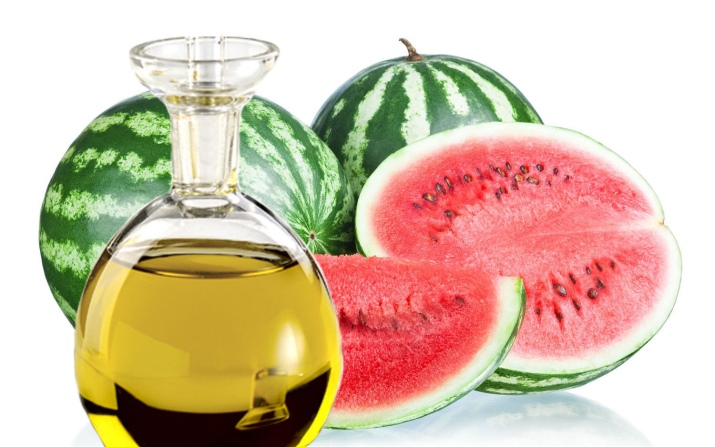
Learning to combine
The combination of several types of oils will allow you to achieve a wide effect from the application, enhance the effect of the composition and achieve the desired result in a short time.
The single most important rule for oil combinations is that an essential oil can only be mixed with base oil or several types of the latter, provided that the resulting mixture is used as a standalone product.
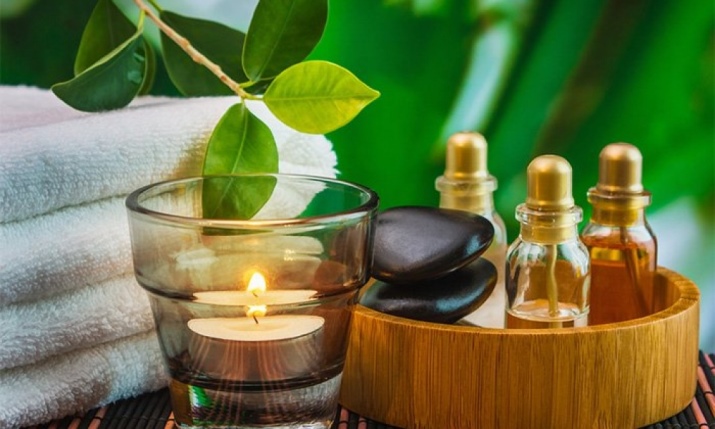
Base oils are easy to mix with each other: preheat the oils and mix them together in a common bowl. The combination of base and essential oils allows you to provide the right skin care, depending on its type. Consider several options for these combinations according to the type of epidermis:
- Oily skin. As a base, use refined extracts of coconut fruits, cocoa, walnuts and hazelnuts, watermelon, papaya, frankincense, zucchini and others that have antibacterial properties. Their combination is possible with essential oils of mint, bergamot, lemon balm, rosemary, parsley, lavender, camphor, cloves.

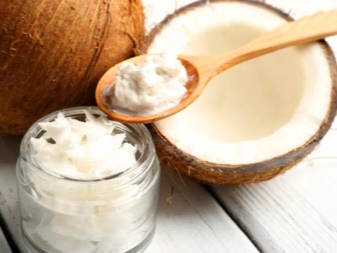
- Dry and dehydrated, age-related dermis. For the base, choose rich textures of oils like olive, apricot, wheat germ, mango, rosehip, cocoa, fig, almond, shea, castor, their combination with essential extracts of jasmine, vanilla, basil, rose, lily.
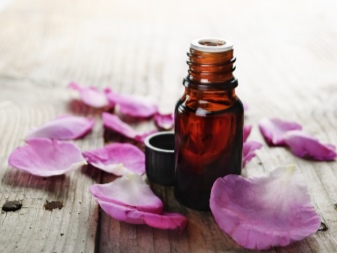
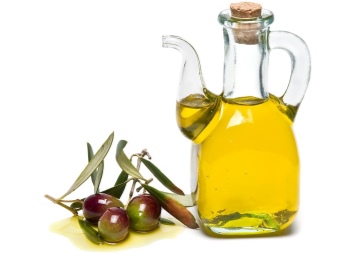
We select by skin type
The base product selection program will allow you to cope with the problem of the epidermis: excessive oiliness or dryness, wilting or loss of tone, clogged pores or uneven tone.
Oily and combination skin is the most common type of dermis, which is characterized by increased sebum formation and requires high-quality cleansing, toning and moisturizing. For oily and combination skin, you should choose basic ingredients like apricot, grape seed, jojoba, almond, green coffee, evening primrose, coconut and sea buckthorn extracts.
Essential oils are used to care for oily skin - citrus extracts, oils of rosemary, tea tree, geranium, St. John's wort.
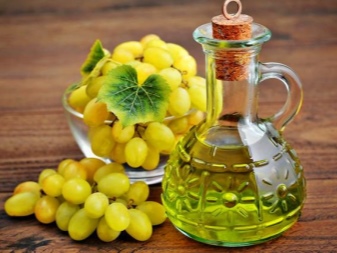
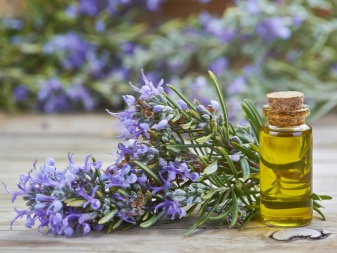
Normal skin is the standard of modernity. It, like any other type of dermis, requires no less high-quality care through vegetable oils: almond, peach, shea, wheat germ, hazelnut, cranberry and essential: ylang-ylang, vetiver, lavender, carrot.

Dry skin is characterized by tightness and possible flaking, it requires good nutrition due to vegetable fats of the following oils: macadamia nut, peach and apricot, shea, almond, walnut, cranberry, raspberry.

Most Popular
Tea tree oil is a rich essential compound with a pronounced antibacterial effect.. It is suitable for the care of combination and oily skin due to its antiseptic properties and the ability to regulate the production of sebum, or sebum.
Tea tree ether is used to treat acne, acne and post-acne, rashes, too oily skin, insect bites due to bactericidal components.

For more on tea tree oil, see the following video.
Argan oil is the most expensive in the world and the most effective in combating dryness of the epidermis. It contains oleic acid and vitamin E, which are involved in cell regeneration and renewal.
Regular use of the argan composition allows you to smooth out shallow wrinkles, even out the surface of the face by nourishing and saturating the cells with moisture, it protects the epidermis from the harmful effects of external sources and fights the first and already existing signs of skin aging.

For more on the secrets of argan oil, see the following video.
Tiare oil, or monoi extract, perfectly protects the skin from UV rays, while the use of rose oil prevents dryness and dehydration of the dermis. Cloudberry seed extract, carrot pomace and rosemary are used to care for mature skin due to their high content of vitamin E, carotenoids and phytosterols.
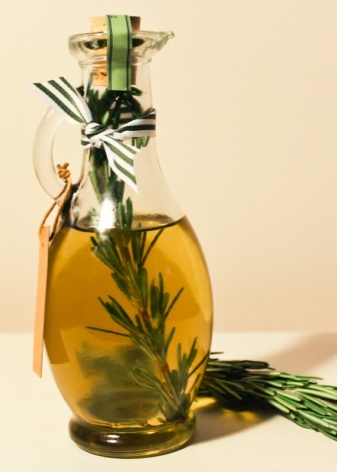

The best whitening care components are extracts of tsubaki, lavender, amaranth oil. They act in the deep layers of the dermis and synthesize the production of natural collagen and elastin.
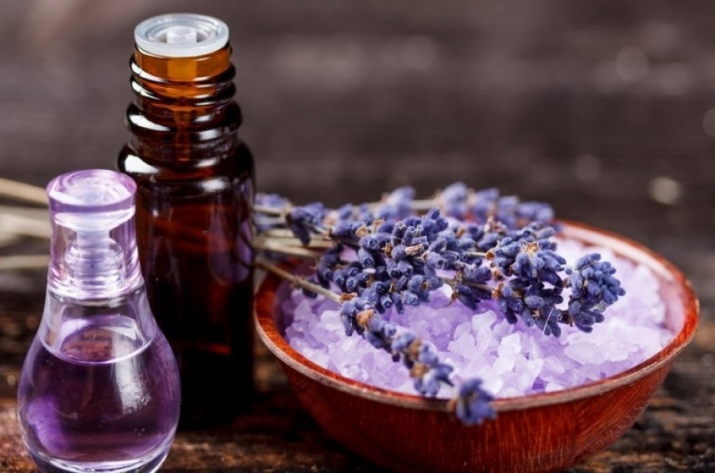
For more on how to use lavender oil, watch the video below.
Burdock extract is considered one of the most affordable compositions for the care of any type of dermis. One of its notable qualities is the softening of the skin, so it is excellent for the care of dry and rough skin, moreover, it is very economical.
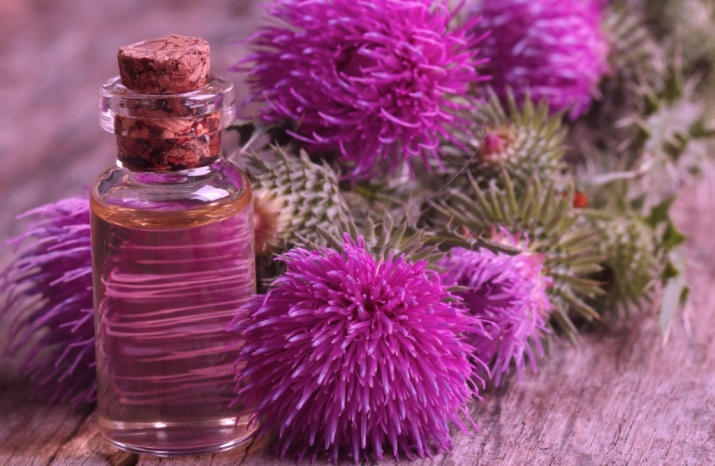
Peach oil contains vitamins A, C, B, E, PP, it has the ability to maintain the integrity of skin cells, regulate its tone due to discoloration of age spots, even out the surface and moisturize it with high quality.
The peach seed extract contains fatty acids (linoleic, oleic), iron, phosphorus, potassium, calcium.

Learn more about peach oil in the following video.
Vaseline oil used to protect the skin during frosts, amaranth and carrot - for rejuvenation, rosemary – to normalize the lipid balance of the epidermis and reduce excessive sebum production.
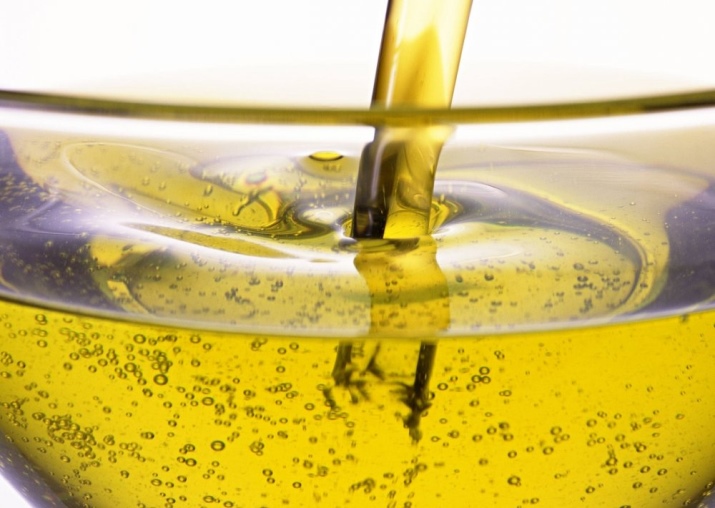
Mask Recipes
For facial skin care, masks are used, which are based on base or essential oils.
For aging skin of the face, chest and even the body, olive oil should be taken as the basis.. Mix 2 tablespoons of olive oil, 1 yolk and a little pasty cottage cheese, the mixture is recommended to be applied to a dry or damp face and leave it for 10-15 minutes.
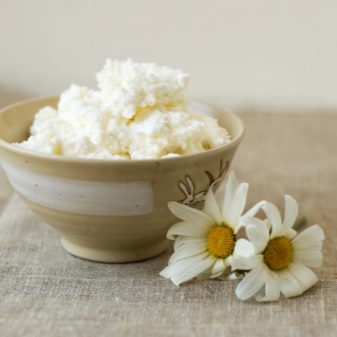

Mix together olive oil and pre-melted honey in equal proportions, leave the mask on the skin for up to 20 minutes. Another recipe for aging skin is a mixture of olive extract, starch and tomato juice.
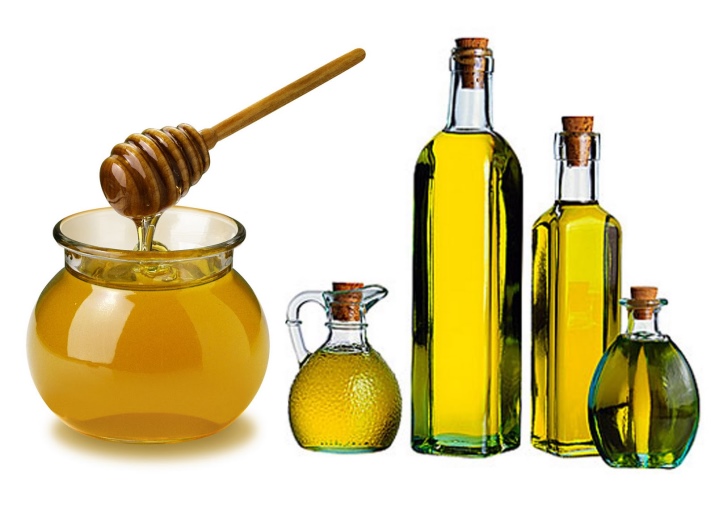
Mix grape seed oil with a small part of green peas and a tablespoon of natural yogurt, beat the products in a blender and apply the gruel on clean skin for rejuvenation, apply to the face immediately - the mask dries quickly in the air.

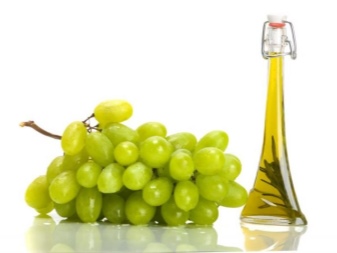
Oily skin requires special care: masks with the addition of tea tree essential oil are designed to cope with excessive sebum production. Strongly brew green tea and cool it, add 3-4 drops of essential extract, a little lemon juice, mix thoroughly.

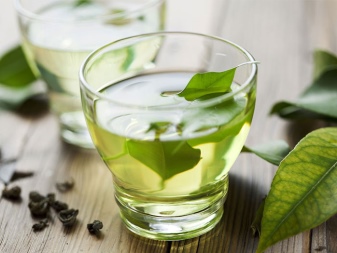
To narrow the pores, dilute the white clay according to the instructions and add a few drops of orange extract, egg white and grapefruit juice to it.
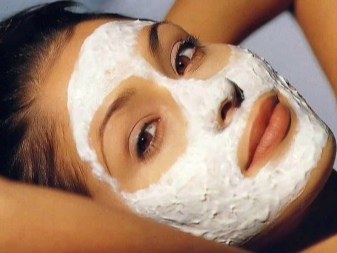
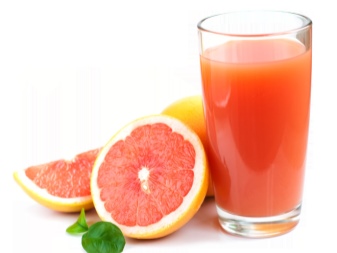
Easy homemade face mask recipe for oily skin - a mixture of any cosmetic clay with a few drops of base oil (linseed, olive, castor, wheat germ) should be spread on the face and décolleté.

For lightening, we recommend adding carrot oil, parsley or tea tree extract to the homemade mask.
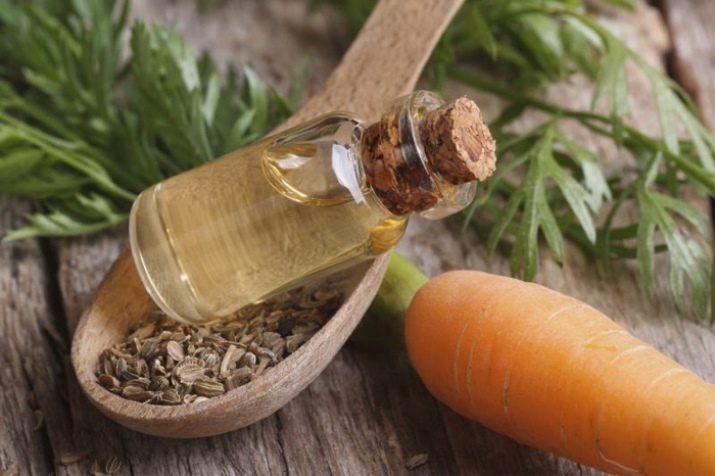
You can use cosmetic extracts as part of masks for the abdomen and other areas of the body prone to sagging and dryness: Apply any of these to a cleansed body surface, allow to soak in for up to 15 minutes, and pat dry with a dry towel.
The oil is amazing in that it penetrates into the deep layers of the skin of the face and body.
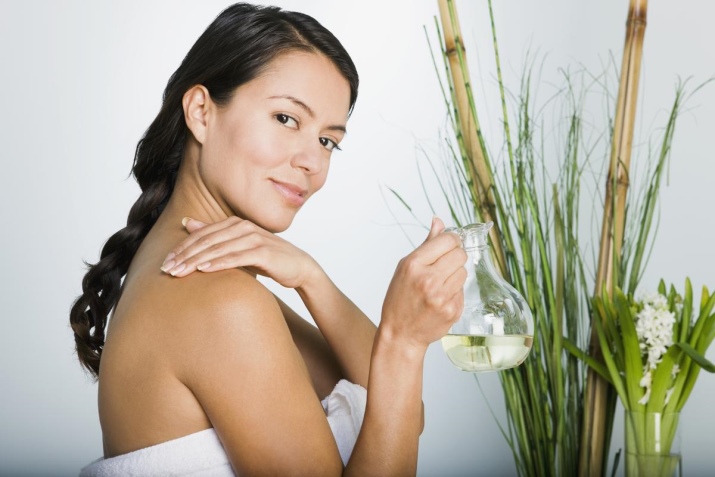
The recipe for making a face mask using black cumin oil, see the following video.
Feedback on the application
Chocolate butter is often used for the body, and more and more women are leaving positive reviews about it.
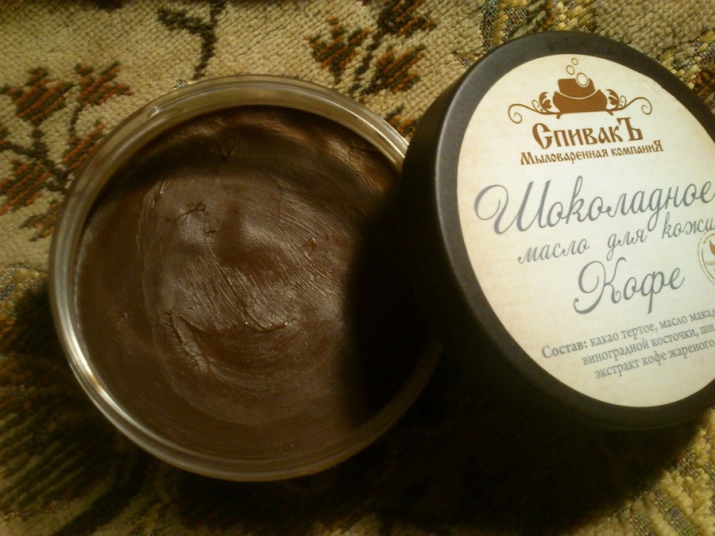
The brand "Spivak" is famous for natural base and essential oils - shea, coconut, bay, blackberry seeds, cinnamon. Women note that they often use lipid extracts in their pure form at night and especially during the cold season for improved skin nutrition and hydration.





























